Following a recipe – why should you?
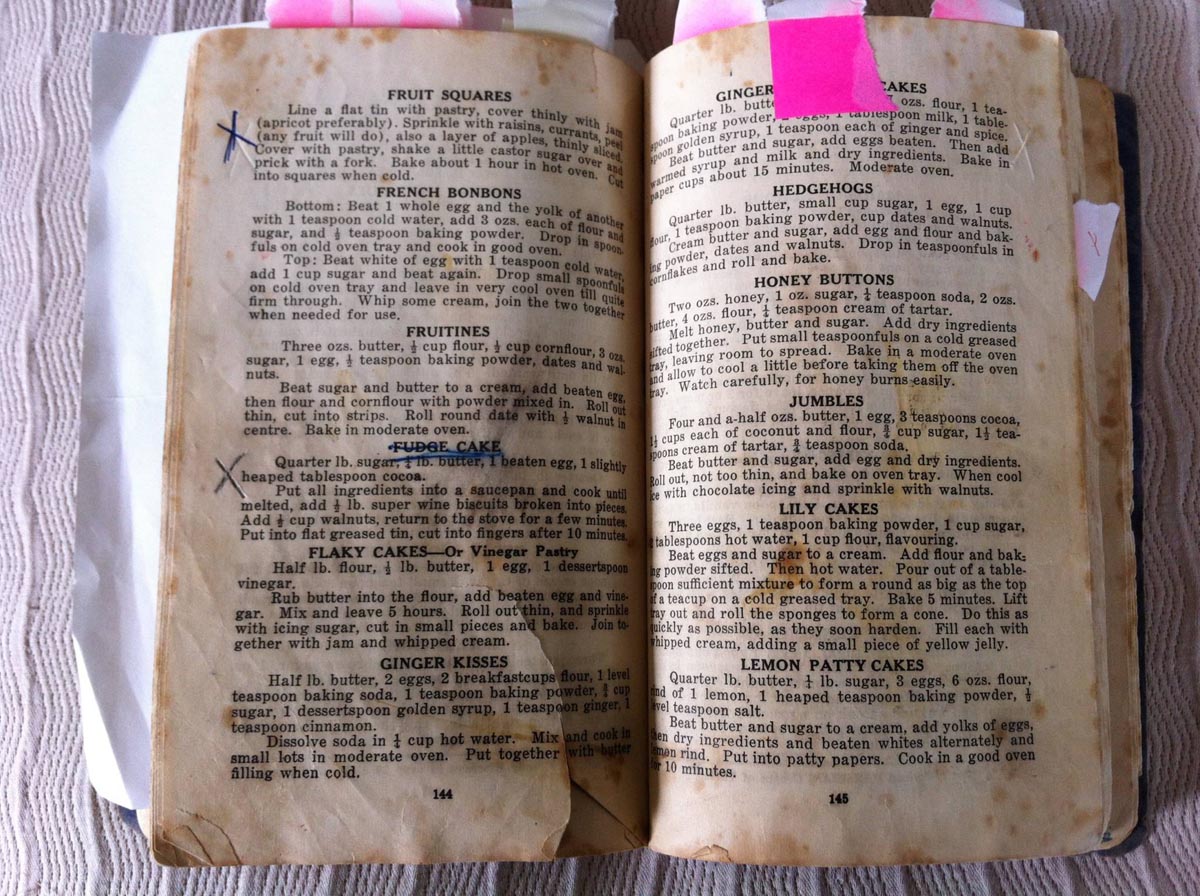
It’s easy to ignore simple instructions in a recipe. In the brief recipe for Baked Potatoes in White Wine there are three instructions that are easy to miss. If not adhered to the dish won’t be ruined but if they’re followed they’ll make it easier to put everything together, the potatoes will cook evenly and taste a bit better. The first is to use a shallow tin to cook the potatoes. It will allow the heat to brown the potatoes more evenly than a tin with high sides. That’s logical. The instruction to line a dish with baking (parchment) paper simply makes for easy washing up, but in this recipe the paper is also used to move the potatoes around and to get them coated in oil. You can do this with your fingers, but if you do, you’ll end up with half the oil on your hands instead of on the potatoes. Finally, it is better to pour the white wine over the potatoes before sprinkling them with salt because if you sprinkle with salt first, then pour the wine over, the wine will wash off the salt and it will gather on the paper and catch and not do its job of seasoning the potatoes.
These are small points but they are in the recipe to help you get a great result. Some cooks cook intuitively and just seem to know the right sort of dish to use, and how to go about things, but most of us, I think, can do with a little bit of help along the way. If you have any great tips to share we’d love to hear them. There’s a comment box underneath each recipe.
Then salt. Why salt and flaky sea salt? I love New Zealand’s own flaky Marlborough sea salt, and support our industry, rather than using imported salts. You’d be mad not to if you live in New Zealand. For a start you are helping provide jobs in the food industry and cutting down on air miles and all that is associated with that. New Zealand flaky sea salt is pure, deliciously salty-sweet with gorgeous crystals. And it’s rich in minerals, meaning it is good for you, and naturally additive free. A great product. But it is expensive. Therefore, I use cheaper coarse sea or rock salt in cooking water, where you really can’t tell the difference, and flaky sea salt for seasoning. But, it’s up to you if you are a fan of Maldon, Himalayan pink, Celtic, or Sicilian sea salt, go for it, just be aware that we are all influenced by hype and marketing and what is new and the latest ‘must have’. Sometimes the best is on your doorstep.
Photography Aaron McLean http://www.aaronmclean.com

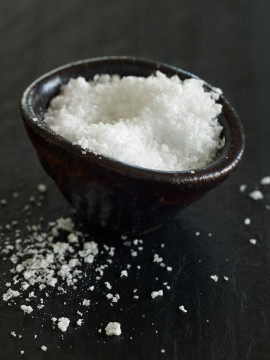
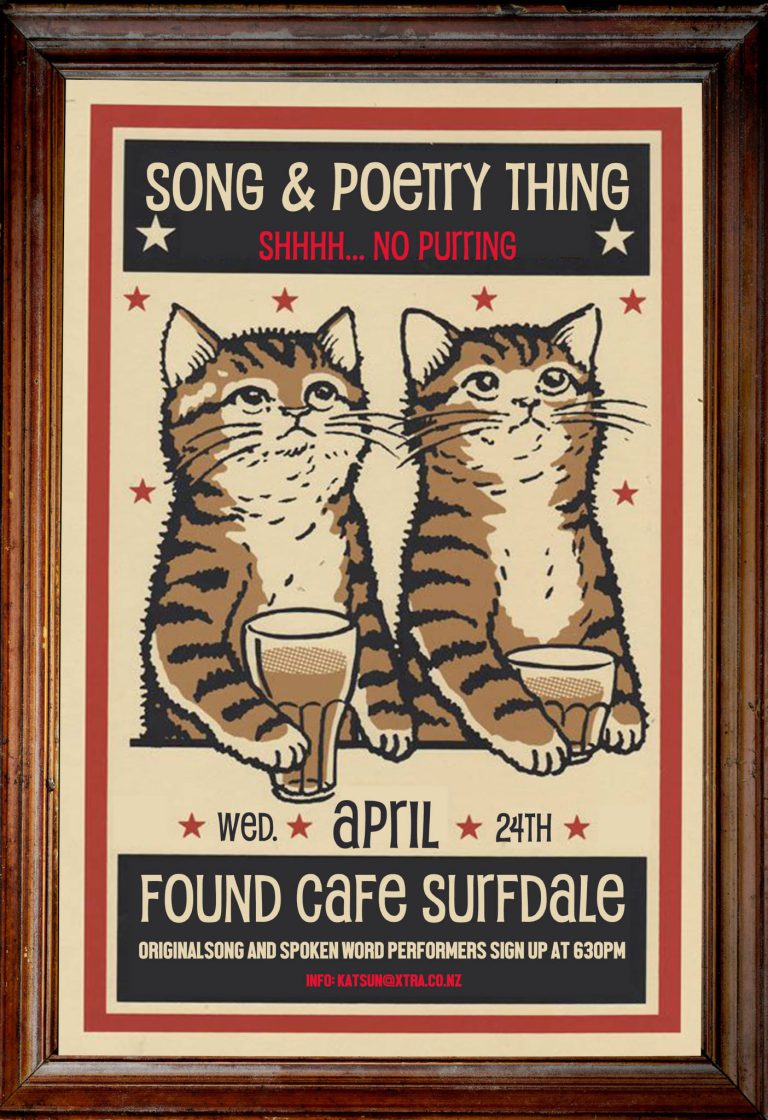
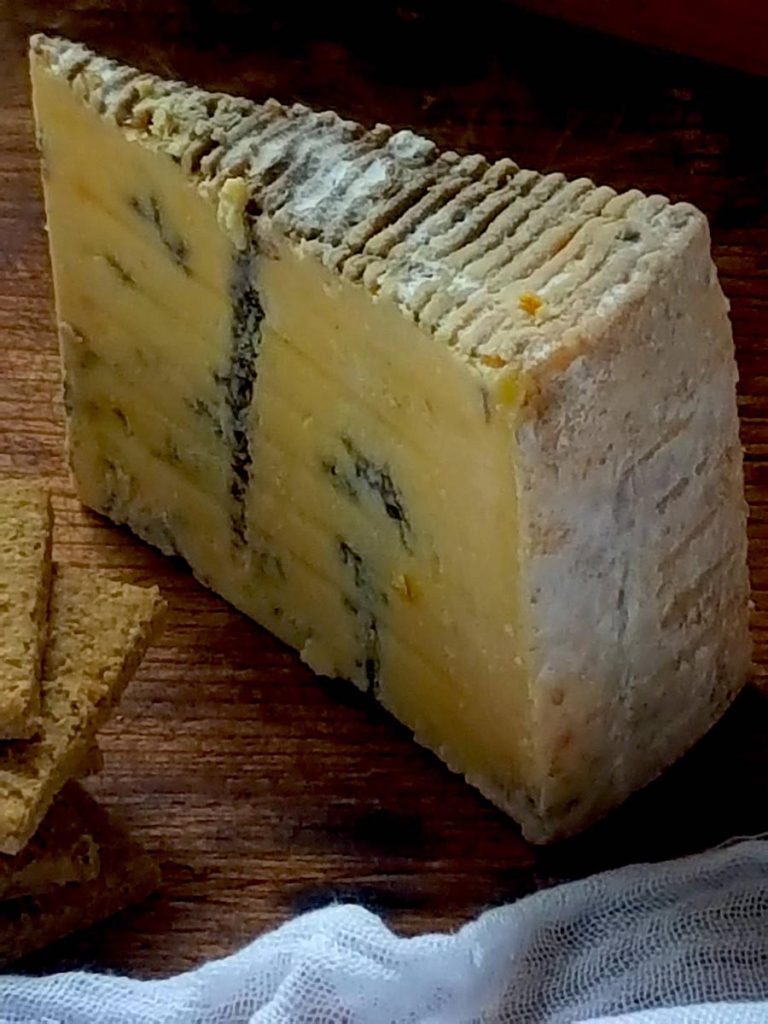

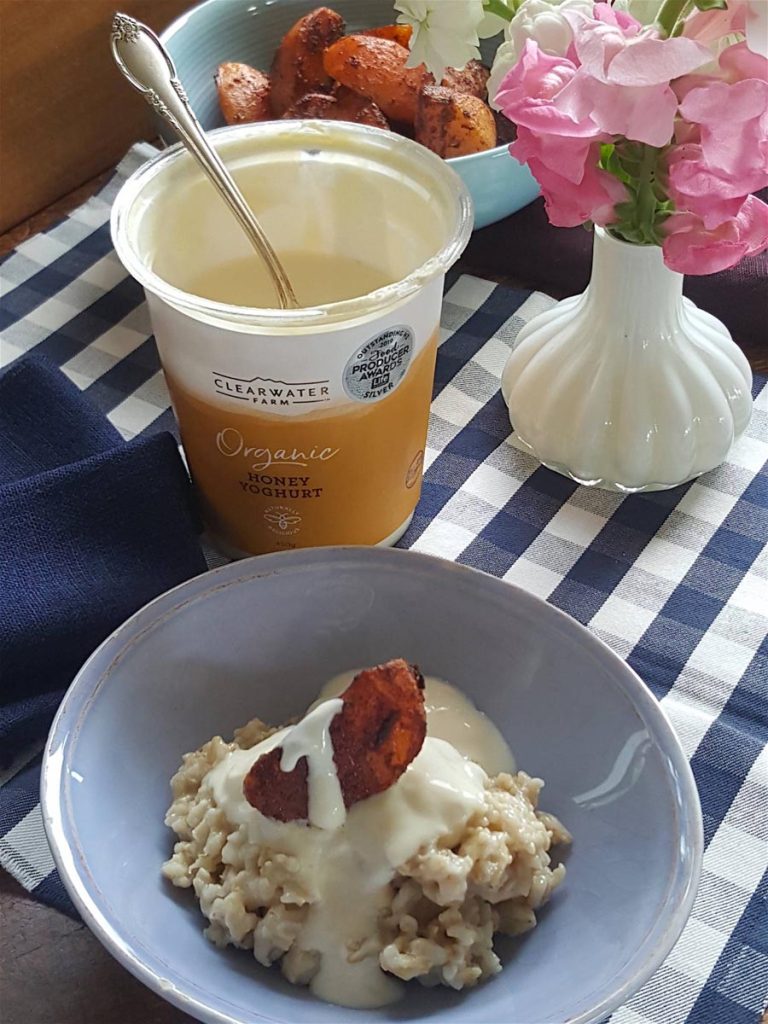


An odd request, but the image that shows with the ad for this post at the bottom of another recipe is of an old recipe book. It looks exactly like one of my mothers old ones that has long lost its cover and many pages…I loved certain things form it and would love to know what it was/is so i can see if I can find a copy somewhere…online, second hand…at least search a bit. It was at the bottom of “Chicken with Peppers” under “You might Also Like”
Thank you!